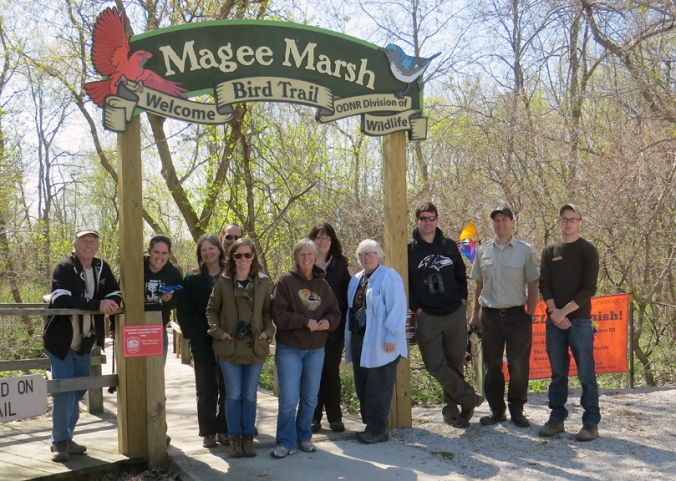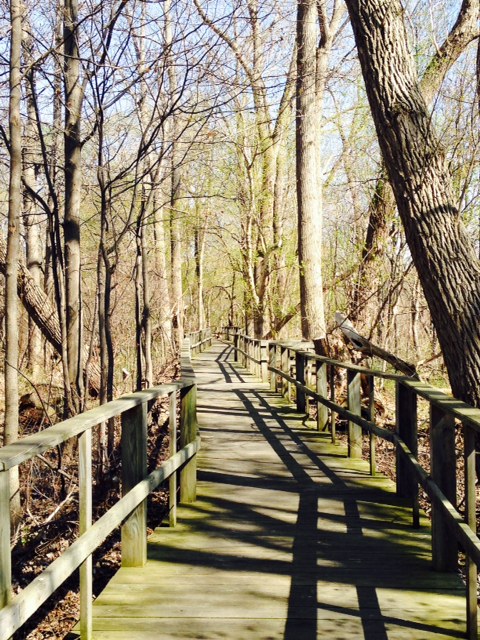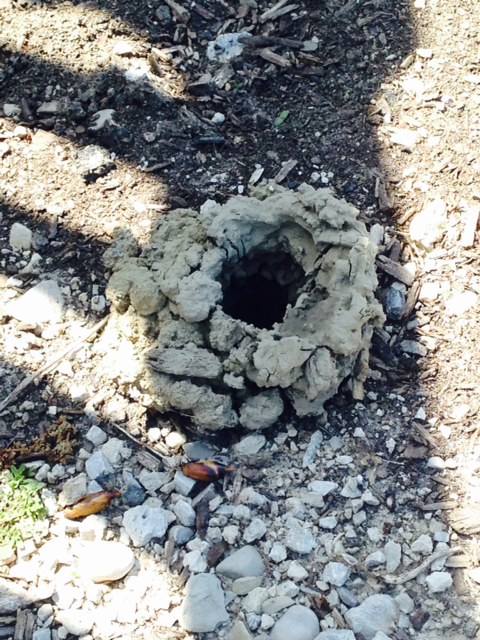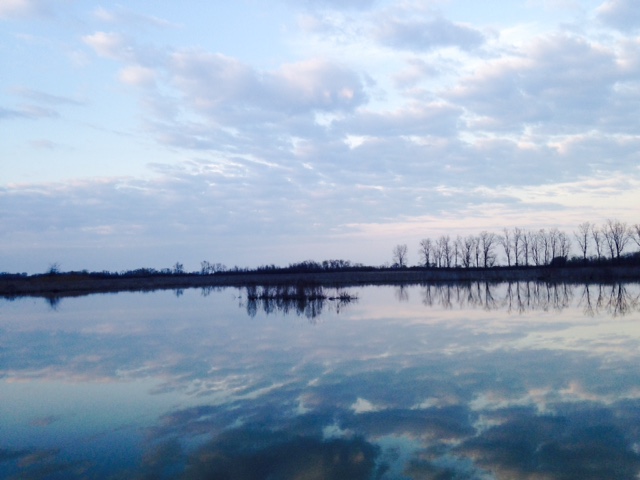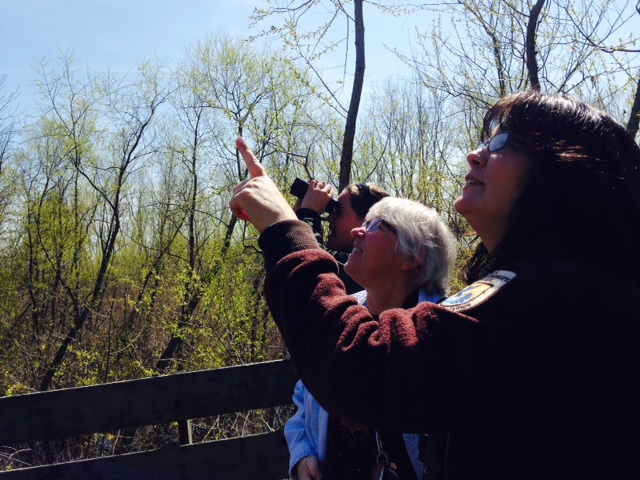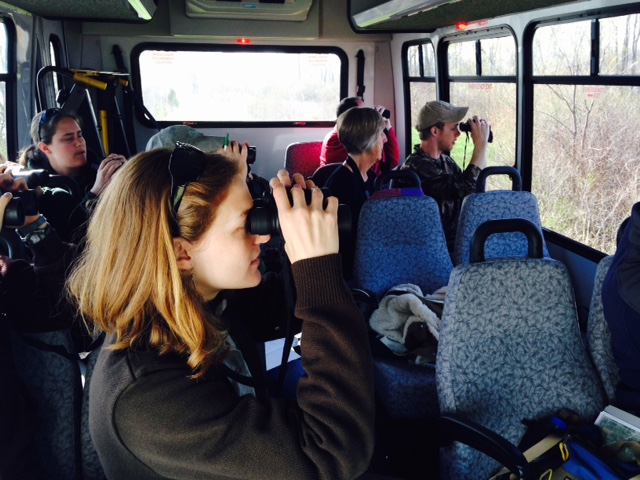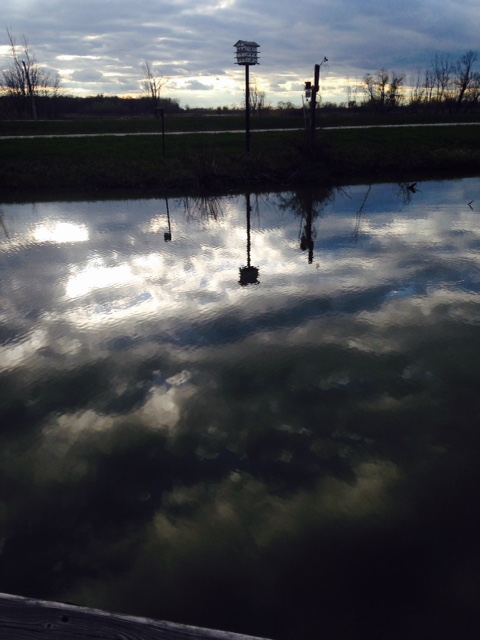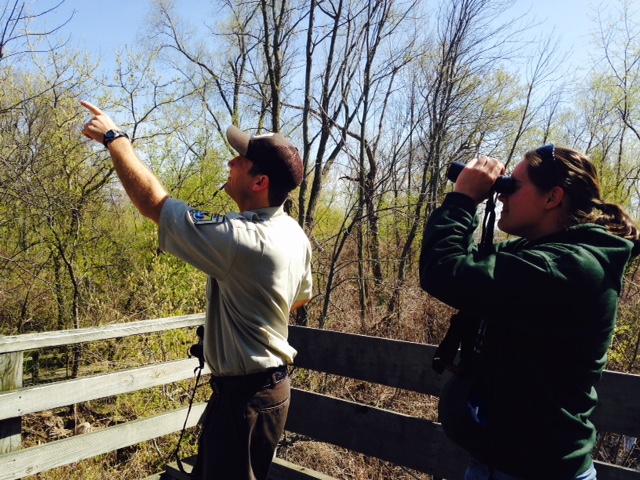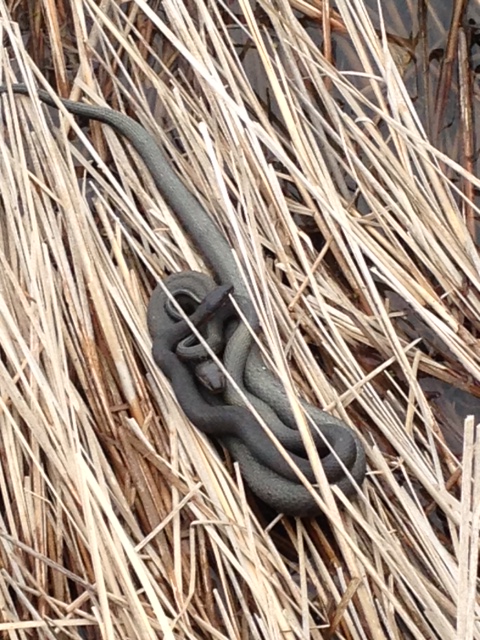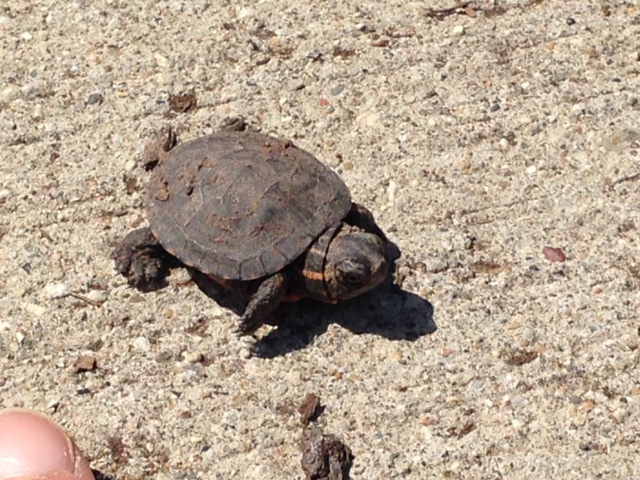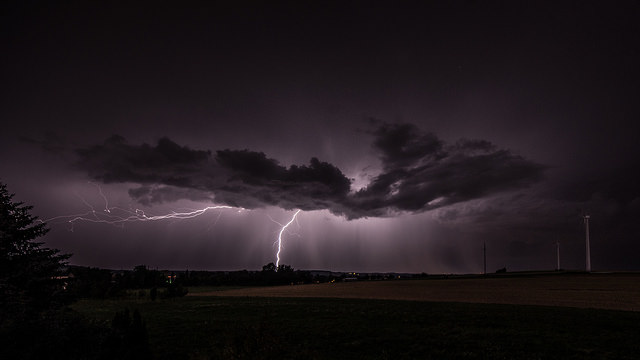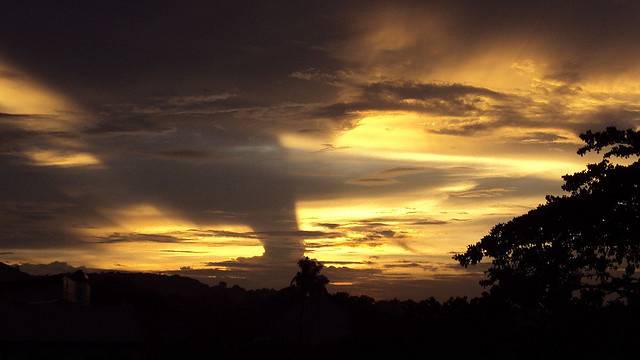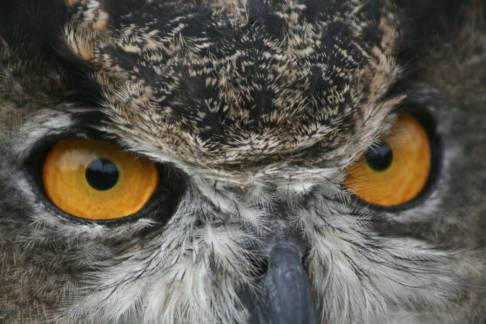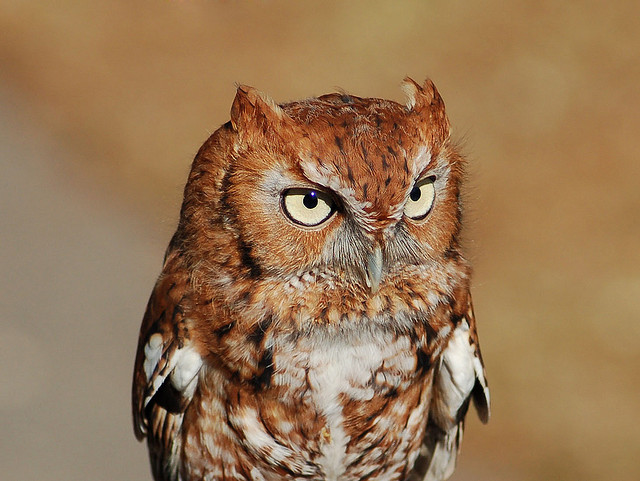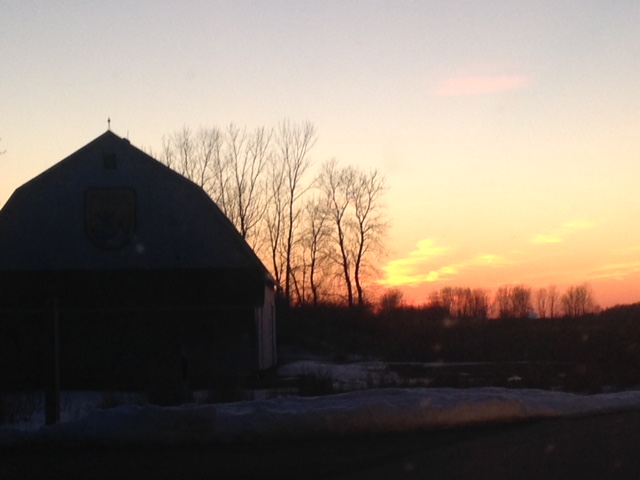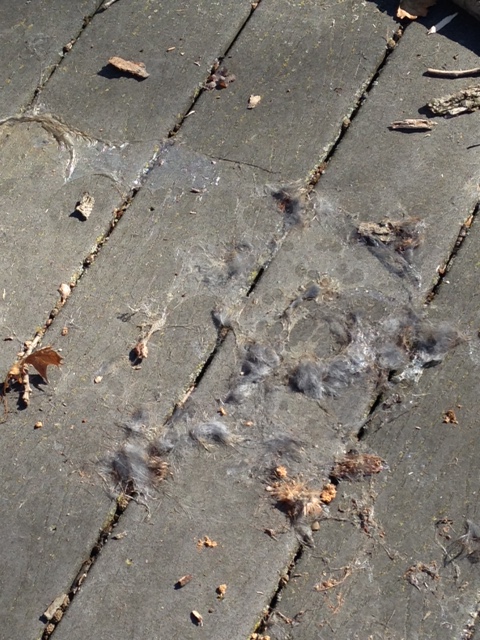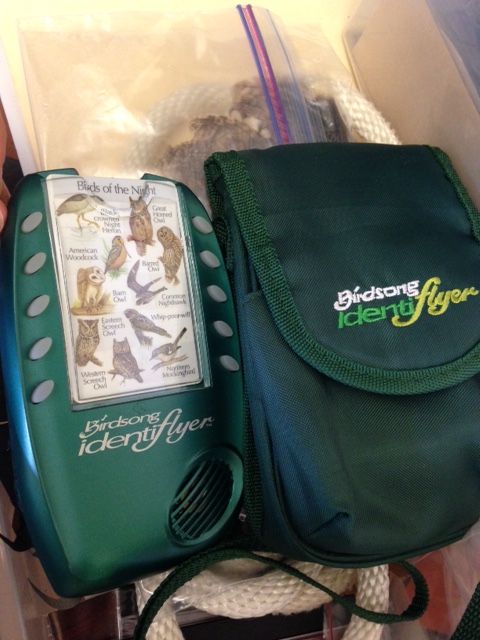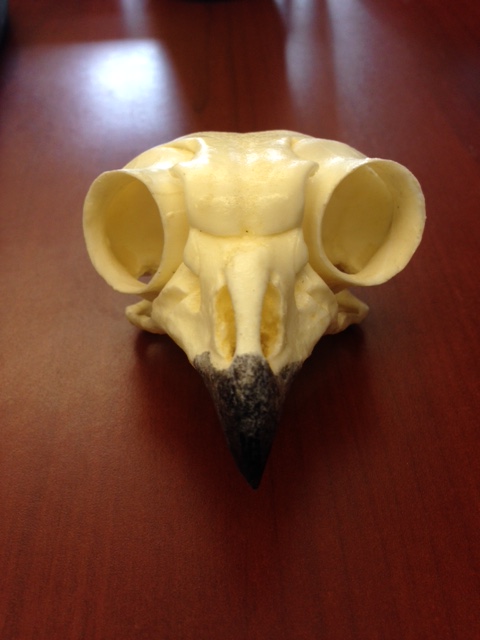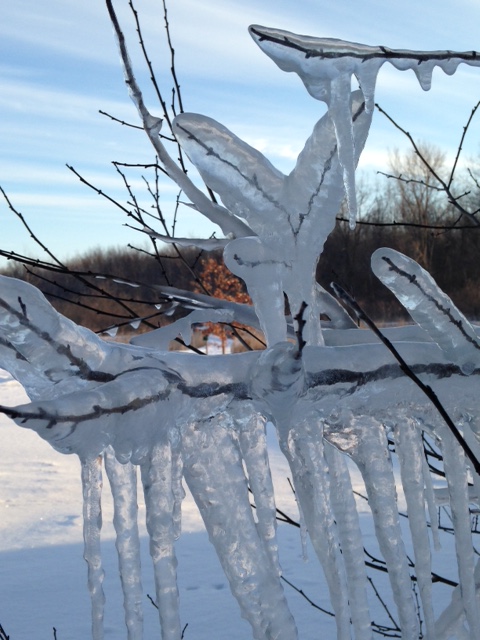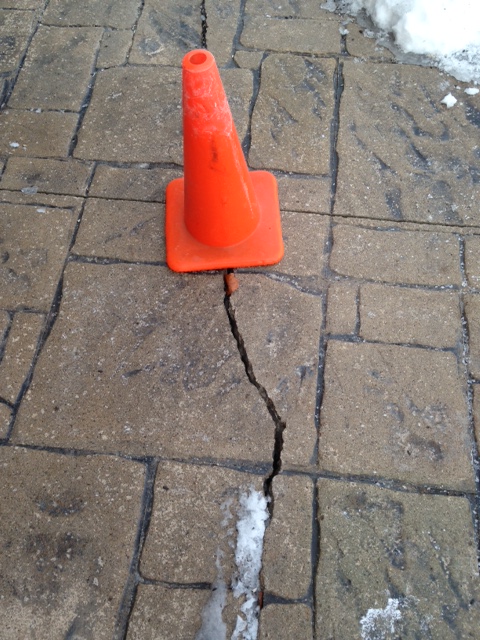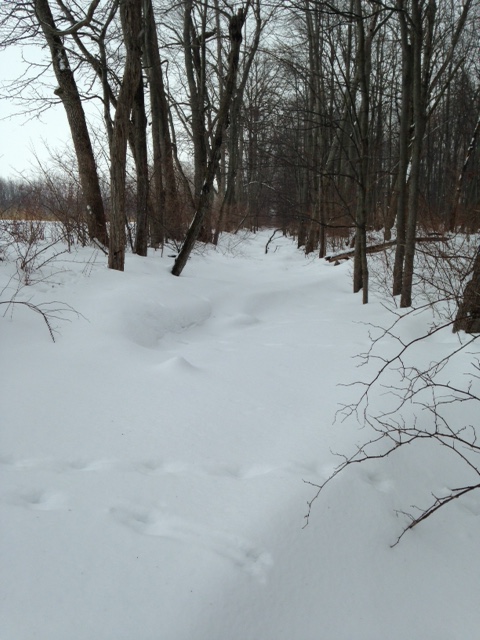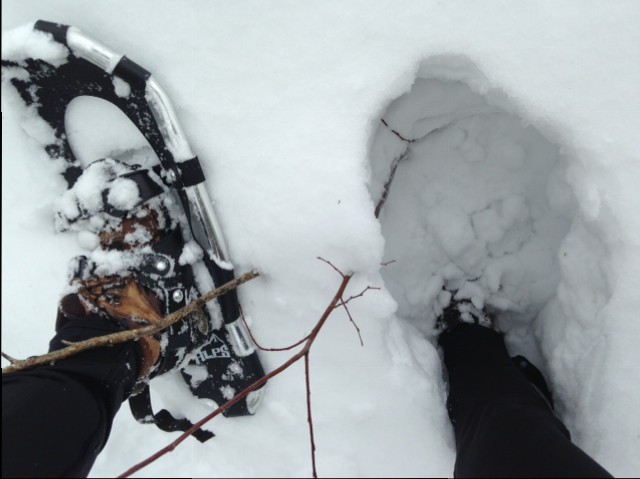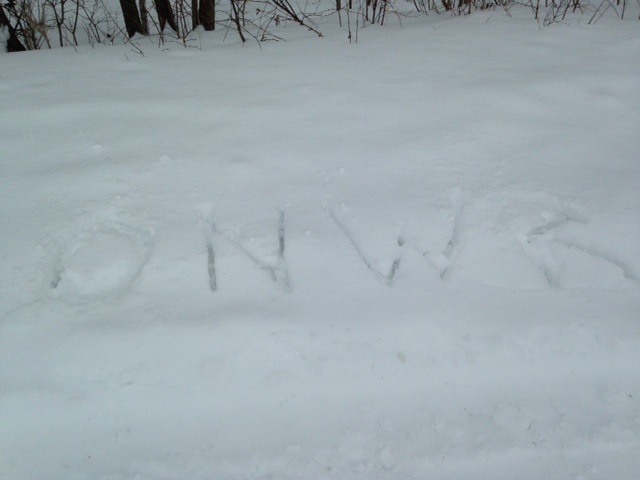Lightning illuminates the marsh in tremendous electric slashes. Thunder clashes from seemingly every direction. It’s just another evening thunderstorm. Or it is, until the sirens begin.
This week Ottawa Refuge experienced its first tornado warning of the season. As a Virginian, tornadoes have never been an issue for me. Many years ago I saw (and was terrified by) the movie Twister, but that was the extent of my knowledge on the topic.
When the sirens sounded, I realized that may not have been sufficient preparation.
Don’t Be Like Me, Do Your Homework
Since then, I have briefly investigated the topic online. For those interested in the earth sciences, I’d strongly recommend you look further into the subject. But here’s a ten second summary:
Tornadoes form from special thunderstorms called supercells. As with regular thunderstorms, you first need a certain mix of cold dry air and warm moist air. Then, according to Brian Clark Howard of National Geographic, a thunderstorm reaches supercell status if it has winds that increase in strength and change direction with height. These ingredients combine at high speeds and presto! You have a tornado.
At least that’s the grossly oversimplified version. Wind speed, humidity, downdrafts, and temperature are also critical elements. But even scientists still aren’t completely sure why some thunderstorms result in tornadoes or how tornadoes dissipate.
Don’t Lose Your Head: Stay Calm And Take Cover
Lacking a basement (the ideal tornado shelter) I drag a mattress into the bathroom with unexpected ease (thank goodness for adrenaline-induced super strength). With a quick curse to my lack of foresight, I dash around the house grabbing storm essentials. After I find my flashlight, cell phone, and weather radio I haul on boots and duck under the mattress. Fortunately, tornadoes are fairly short-lived. A gripping half hour later I read that the storm is long gone.

Thankfully, the tornado did not actually test the strength of my makeshift shelter.
So what are the takeaways from my exhilarating Thursday night? Tornadoes are a bit confusing, and more than a little intimidating. Do learn from my mistakes and create your storm plan before you need it.
Because while nature is incredible, but there are some phenomenon that you just don’t need to witness firsthand.
See: Howard, Brian Clark. “Tornadoes: The Science Behind the Destruction.” 4-28-2014: Link to Article
Thanks to Paul Judge 2LT for pun assistance


